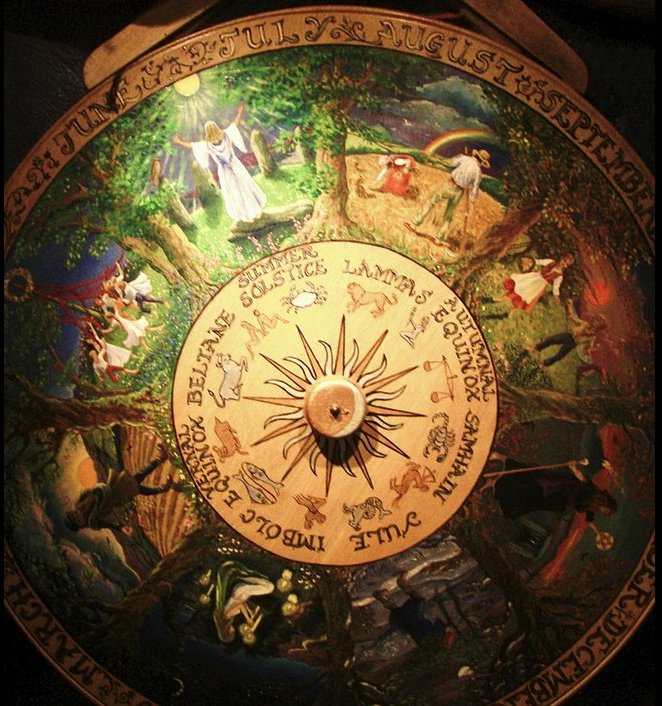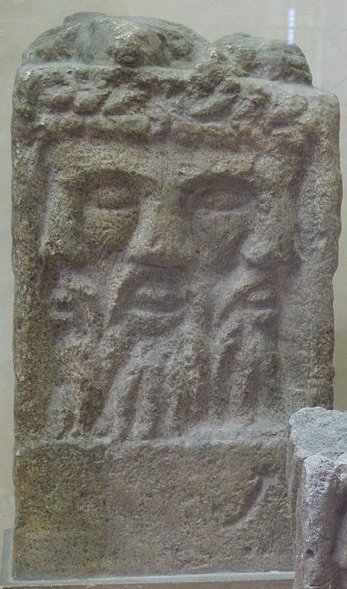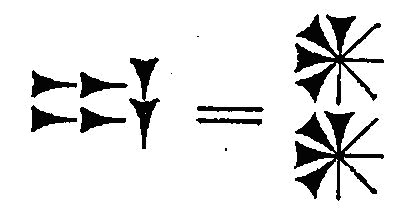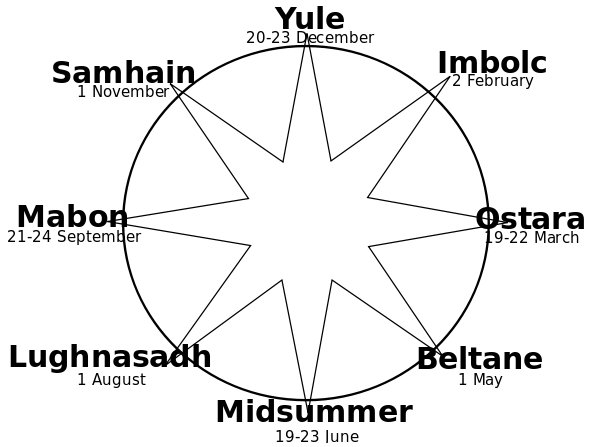|
TAHUA
26 Once again. In the illustration below the outer ´'wheel' of time above the 3rd period of the summer year, as counted from spring equinox, seems to stretch from the great midsummer 'spoke' (Oak) at the end of JULY until the spoke at the end of SEPT (7):
Whereas the inner wheel of time has Leo followed by Virgo in Lammas. And we know that Lammas should be equal to Lugnasadh:
... His death on the first Sunday in August - called Lugh nasadh ('commemoration of Lugh'), later altered to Lugh-mass or Lammas - was until recently observed in Ireland with Good Friday-like mourning and kept as a feast of dead kinsfolk, the mourning procession being always led by a young man carrying a hooped wreath ... The first Sunday in August could be August 1. Although a Sun god should rather 'die' at the summer solstice in June 21 (172, *92) or 213 - 172 = 41 days earlier than August 1 (213). ... The manner of his death can be reconstructed from a variety of legends, folk-customs and other religious survivals. At mid-summer, at the end of a half-year reign, Hercules is made drunk with mead and led into the middle of a circle of twelve stones arranged around an oak, in front of which stands an altar-stone; the oak has been lopped until it is T-shaped ... This indicates we should use the era of Bharani (*41.4). Since that ancient time the precession had carried the observation points for the fixed stars ahead in the Sun calendar with 41.4 days. And the current right ascension position for June 21 therefore agrees with the corresponding position according to the era of Bharani (*92) which place currently had moved to August 1. According to my interpretation of the A text Lughnasadh should be in the middle between May 1 and Ab1-11 (1345):
Counting 1345 (Ab1-11) - 305 (Samhain) + 121 (Beltaine) = 1345 - 184 = 1161 should give the glyph number for heliacal Bharani. And then adding 92 to 1161 should give the glyph number for Lugnasadh as 1253:
We ought to fill in the corresponding glyphs.
... Odysseus and his fleet were now in a mythic realm of difficult trials and passages, of which the first was to be the Land of the Cyclopes, 'neither nigh at hand, nor yet afar off', where the one-eyed giant Polyphemus, son of the god Poseidon (who, as we know, was the lord of tides and of the Two Queens, and the lord, furthermore, of Medusa), dwelt with his flocks in a cave. 'Yes, for he was a monstrous thing and fashioned marvelously, nor was he like to any man that lives by bread, but like a wooded peak of the towering hills, which stands out apart and alone from others.' Odysseus, choosing twelve men, the best of the company, left his ships at shore and sallied to the vast cave. It was found stocked abundantly with cheeses, flocks of lambs and kids penned apart, milk pails, bowls of whey; and when the company had entered and was sitting to wait, expecting hospitality, the owner came in, shepherding his flocks. He bore a grievous weight of dry wood, which he cast down with a din inside the cave, so that in fear all fled to hide. Lifting a huge doorstone, such as two and twenty good four-wheeled wains could not have raised from the ground, he set this against the mouth of the cave, sat down, milked his ewes and goats, and beneath each placed her young, after which he kindled a fire and spied his guests ...
|
|||||||||||||||||||||||||||||||||||||||||||||||||||||||||||||||||||||||||||||||||||||||||||||||||||||||||||||||||||||||||||||||||||||||||||||||||||||||||||||||||||||||||||||||||||||||||||||||||||||||||||||||||||||||||||||||||||||||||||||||||||||||||||||||||||||||||||||||||||||||||||||||||||||||||||||||||||||||||||||||||||||||||









